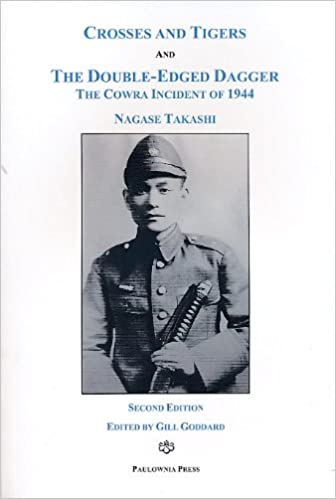Two of the most unique books about the TBR are that written by one of the Japanese Railway Engineers who oversaw the building of the railway and an Australian account centering on post-war events.
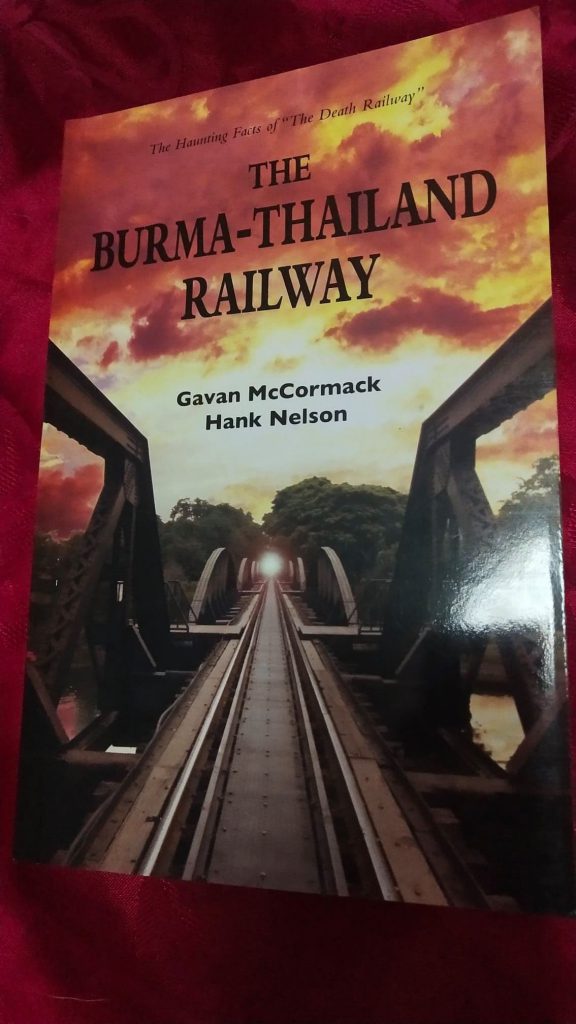
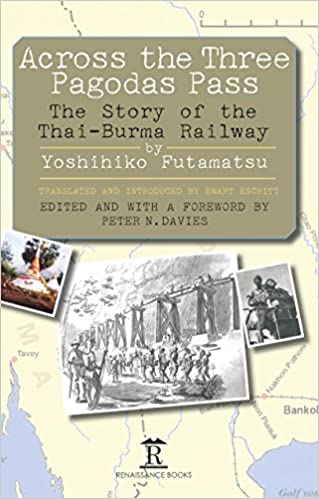
Other major contributions come via British and Australian authors:
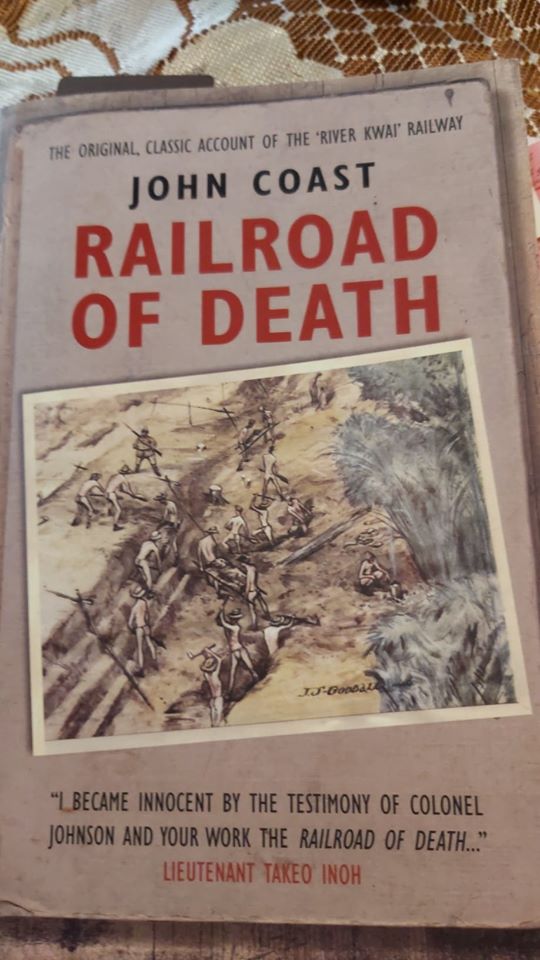
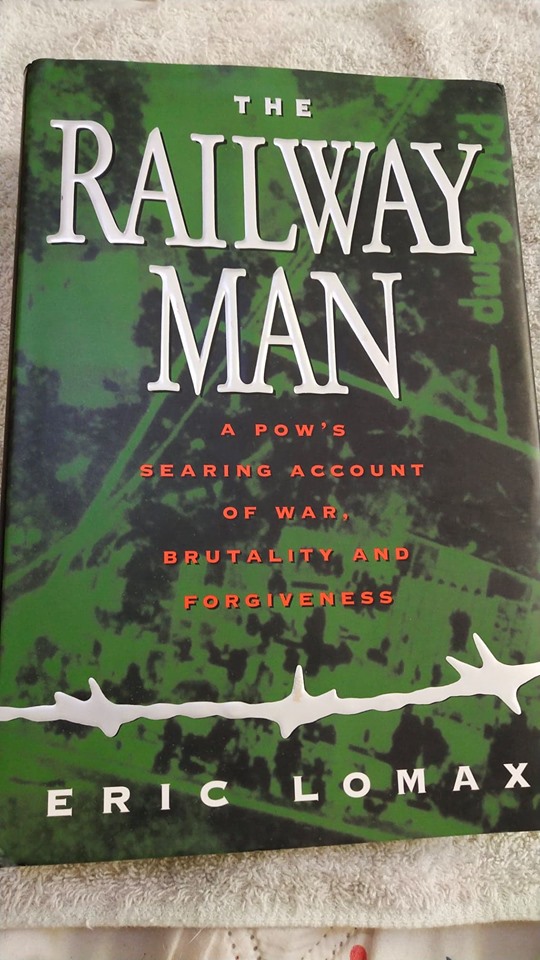
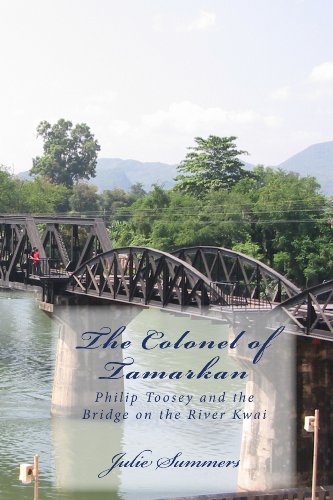
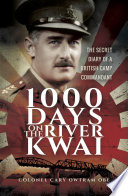
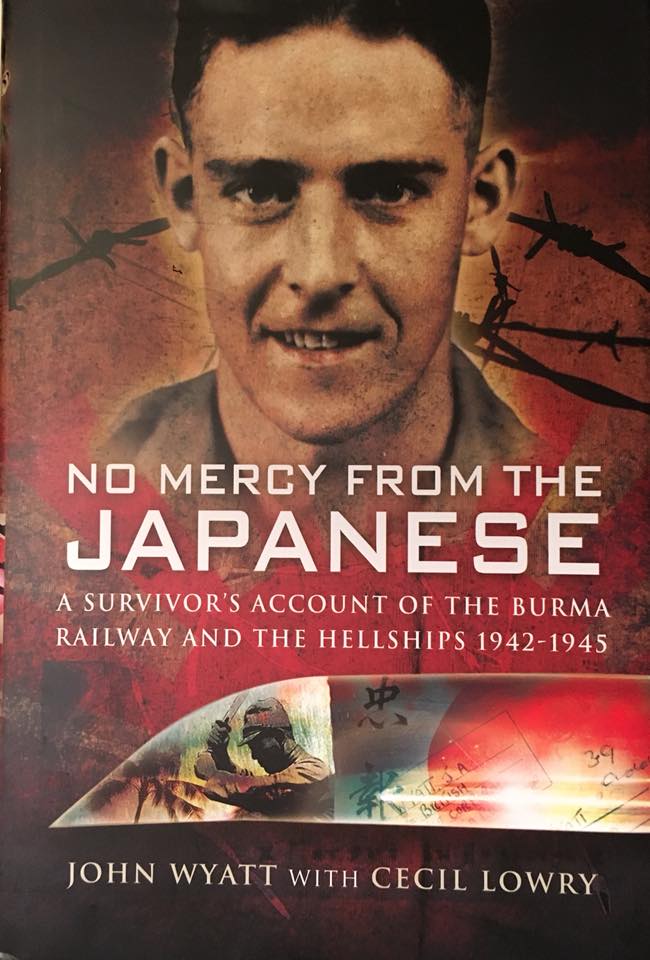
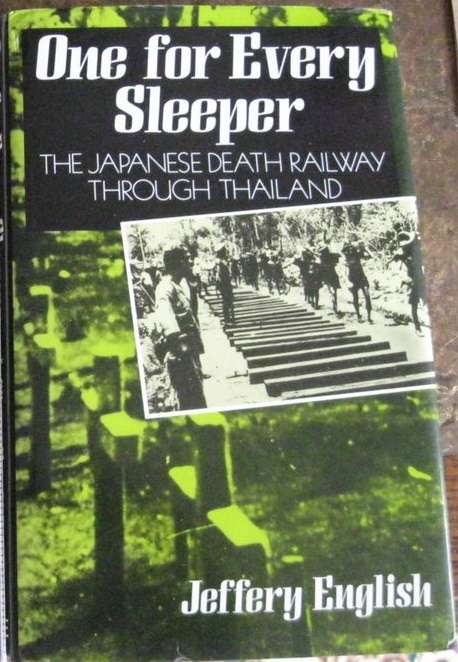
A review of Ltc Owtram’s book; in it he describes his time at NongPlaDuk and then ChungKai where he interacted with Khun BoonPong:
https://media.defense.gov/2021/Sep/13/2002852443/-1/-1/1/MARTINO.PDF
Rohan Rivvett’s book BEYOND BAMBOO provides some unique insights to the Burma Sector POW experience:
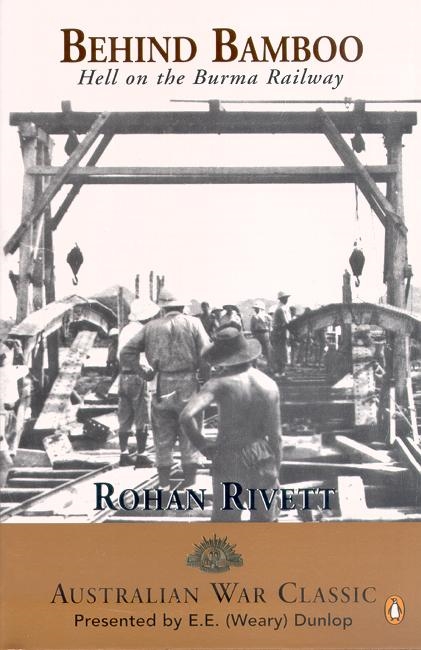
As a non-military, Australian war correspondent RIVETT was perhaps poised to provide a different perspective on his TBR experience. He was added to the rolls of the AUS POWs and was treated as an officer in Black Force in Burma so he had access to much information that the common soldiers, who wrote most of the survivor books, did not have.
He does provide us with anecdotes and facts that I had not seen in other such texts. For example, he details a number of escape attempts and the inevitable death in the jungle or by execution of the would-be escapees.
He provides one of the few listings of the flotilla involved in the Battle of the Java Sea on 27 FEB. In addition, to the HOUSTON and PERTH, he lists the HMAS Exeter and the Dutch cruisers DeRuyter and Java (both sunk). Also lost was the destroyers Jupiter (British) and Witte de With (Dutch); survivors were the British Electra and Encounter along with 5 others unnamed.
He provides us with an estimate of the size of the Nakorn Pathom hospital at a population of 5000 with a peak of 8000. He notes the opening of this facility as APR 1944. He devotes a moderate amount of time to the larger romusha (Tamil) population, but provides only the usual ‘guesstimates’ of the overall population. He notes the severe toll that cholera took in many of the Highlands camps, particularly among the romusha. He places their deaths at 250,000 whereas for most estimates this is the population number. In discussing the 1944 dedication of the Japanese shrine, he notes that it included an admission of 76,000 romusha deaths by a Japanese presenter. That would be at the far lower end of the scale. It would also have been a ‘through 1943’ figure and not include the tens of thousands who perished in the next 3 years.
Another seemingly unique figure he relates is that of 800 combined POW casualties due to Allied attacks on the TBR.
Like most accounts, he spends a considerable portion of the book discussing the dire medical situation. In this he mentions a major Dengue Fever outbreak in Burma in Aug 43 that others do not. Perhaps this stands out in his memory since he was one of the victims. He is also struck by the massive numbers of unburied or unmarked and unrecovered burials that must still be strewn about those jungles despite the huge numbers of cholera victims who were cremated in crude pyres.
My main criticism of his content is that he includes a significant amount of material that he had no first-hand experience with. I’d suppose that it was his background as a journalist that compelled him to write a more complete story of the TBR saga far beyond what he himself had experienced. He writes in such a way that it is often difficult to know if his is speaking from first-hand experience or from knowledge acquire via research. One has to remind oneself that he was working in the Burma Sector so his access to any information about the Thai Sector would have been minimal at best. Yet, he seems to relate it with authority.
Ray Withnall spent years researching the Ubon POW camp that included 4 of the US POWs.
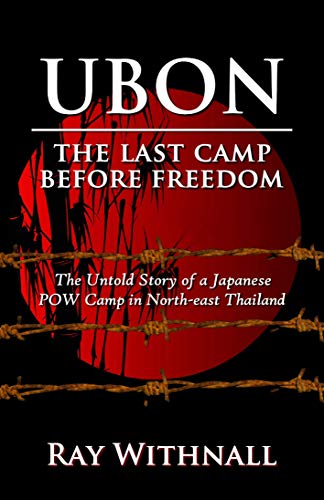
He also presents a BLOG:
There is another unique book in this genre. It relates the story of the SS Sawolka Merchant Marines and their time at Hintok:
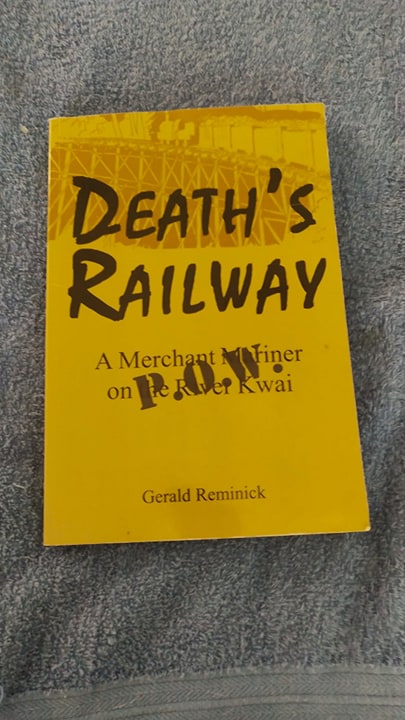
Who knew?
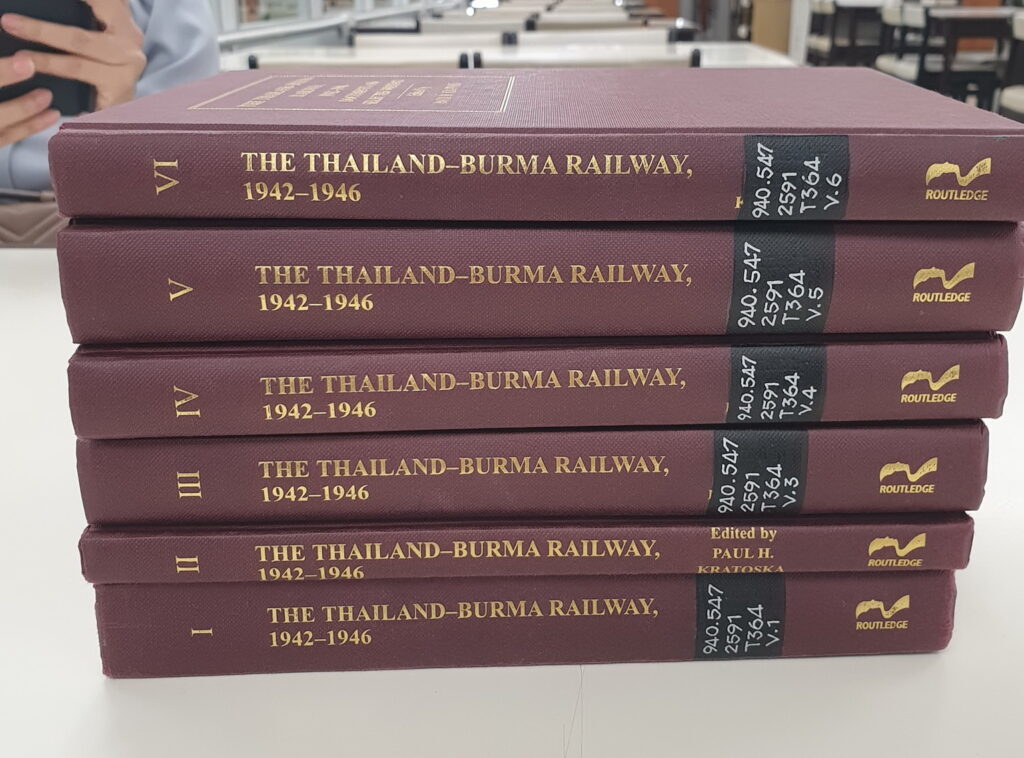
As one can see in the excerpt below, this is a poorly written text, replete with errors:
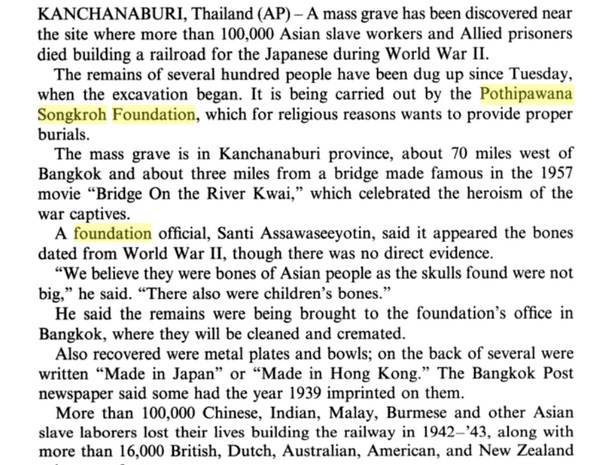
Eduardo Martinez has done a masterful job of collecting the seminal works concerning the US TBR POWs. His memorial webpage to his POW father Homero is found at:
Presented here is his list of references:
Memoirs and Accounts of the Lost Battalion and the USS Houston

Allen, Hollis. The Lost Battalion
Memoir of 1st Lieutenant Hollis G. Allen, one of the 28 commissioned officers of the 2nd Battalion, 131st Field Artillery. Jacksboro, TX. Leigh McGee, 1963. Get Book

Charles, H. Robert. Last Man Out: Surviving the Burma-Thailand Death Railway: A Memoir
Memoir recounting the unimaginable brutality of the camps and the inspiring courage of the men from U.S. Marine H. Robert Charles, a survivor of the USS Houston. An extraordinary account of the role of Dutch doctor Henri Hekking in aiding the survival of the Lost Battalion and USS Houston men in POW camps. Austin, TX. Eakin Press, 1988. Get Book

Crager, Kelly E. Hell Under the Rising Sun: Texan POWs and the Building of the Burma-Thailand Death Railway
Grueling yet inspiring account of building the Thai-Burma railway; includes interviews with Texan POWs. College Station, TX. Texas A&M University Press, 2008. Get Book

Daws, Gavan. Prisoners of the Japanese: POWs of World War II in the Pacific
Australian writer Gavan Daws makes a valiant attempt to compare and contrast the treatment od allied POWs across the region occupied by the Japanese. He seems to have done next to no independent research, instead drawing on and collating the works of many others. Not surprisingly his work adds little to overall knowledge of the POW saga.
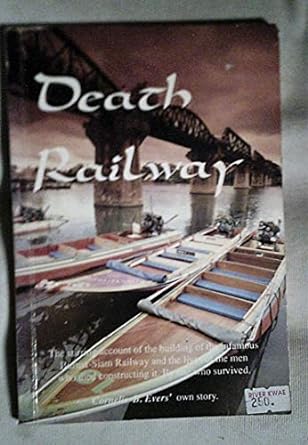
This tome is presented as the personal story of the author yet in its 100+ pages only about 10 are devoted to his time as a POW. Another dozen or so describe his involvement in war crimes tribunals. The rest of the book is a confusing collections of facts and anecdotes about POW life on the TBR that the author has obviously drawn from a myriad of other sources. His formatting is perhaps the most unique aspect of this book. It is written in loosely connected sentences (not paragraphs). It is as if he had a collection of index cards that he sorted and presented for printing. After reading it one has a reasonably accurate –if somewhat confusing — overview of the TBR saga.
IMHO, this is another example of the failure of the editors/publisher to demand more accountability and authenticity from the author.

Dunn, Benjamin. The Bamboo Express
A true account by a Lost Battalion soldier of HQ Battery who was imprisoned by the Japanese. Chicago, IL. Adams Press, 1979. Get Book
Without going into great detail, this is one of the best written, easy to read, well documented survivor accounts. I was particularly impressed as to his ability to name names and place certain men in certain places at certain times. Obviously a lot of work went into preparing notes BEFORE the writing began. It is also available as an ebook as well as print edition.

Fillmore, Clyde. Prisoner of War
A personal account from 1st Lieutenant Fillmore, Lost Battalion survivor, about his experiences in prison camps and building the “Death Railway”. Quanah, Wichita Falls TX. Nortex Offset Publications, Inc, 1973. Get Book

Fujita, Frank ‘Foo’; Falk, Stanley L., and Wear, Robert. Foo: A Japanese-American Prisoner of the Rising Sun
Fujita, Frank ‘Foo’; Falk, Stanley L., and Wear, Robert. Foo: A Japanese-American Prisoner of the Rising Sun. Denton, TX. University of North Texas Press, 1993. Denton, TX. University of North Texas Press, 1993. Get Book

Fung, Eddie. The Adventures of Eddie Fung: Chinatown Kid, Texas Cowboy, Prisoner of War
A second-generation Chinese American born and raised in San Francisco’s Chinatown reinvents himself as a Texas cowboy before going overseas with the U.S. Army. Eddie was a member of the Lost Battalion’s F Battery. Seattle, WA. University of Washington Press, 2007. Get Book

Hornfischer, James D. Ship of Ghosts: The Story of the USS Houston, FDR’s Legendary Lost Cruiser, and the Epic Saga of Her Survival
Brings to life the terror of nighttime naval battles until their luck ran out during a daring action in Sunda Strait. Survivors of the battle ended up in prison camps with the men of the Lost Battalion. New York, NY. Bantam Books, 2006.

La Forte, Robert S. and Ronald E. Marcello. Building the Death Railway: The Ordeal of American POWs in Burma, 1942-1945
22 interviews with American survivors, beginning with their capture and ending with their liberation. Wilmington, DE. Scholarly Resources, Inc., 1993.
Charles Mott has one of the most unique stories of all the US POWs as told here:
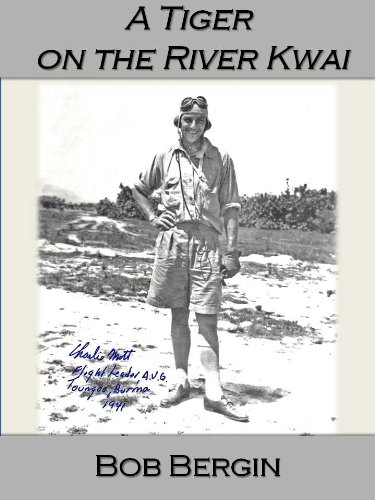
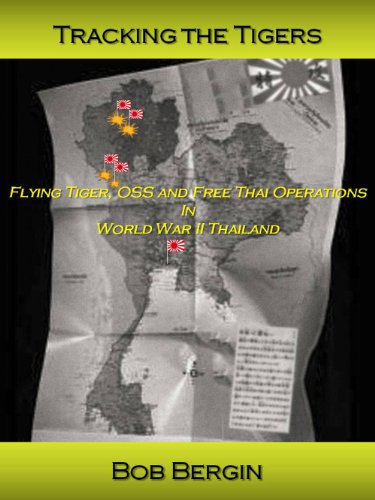
W.F. Matthews also had a seemingly unique journey although poorly documented:

Monday, Travis. W.F. Matthews, Lost Battalion Survivor: The True Story of a God-and-Country American
Some books are just not worth writing. Unfortunately LOST BATTALION by Travis Monday is one of those. It purports to relate the POW experience of W. F. Matthews; it falls woefully short. Ironically, Monday even states so in his preface (Pg 3): “The story of this book consists of an imperfect attempt to tell the incredible true story of an America hero.” [emphasis is mine]. One could hardly find a better word than imperfect to describe this effort. At barely 97 pages of text the book is thankfully short and easy to read. Of those pages, perhaps 17 pages are unique to Matthews. Monday makes extensive use of the survivor accounts of Kyle Thompson and Frank ‘Foo’ Fujita and a few others to tell his woefully inadequate portrayal of the LOST BATTALION story.
This is exceedingly unfortunate in that W. F. himself had one of the most unique POW journeys of any of the 2/131 members.
In short, Matthews was a member of E Battery that stayed behind at Surabaya as the remainder of the Battalion moved west. But Monday does an incredibly bad job at relating the unique journey that Matthews took. In fact, he is completely wrong in some of the most important aspects of that journey. Matthews had been wounded by shrapnel during E Battery’s ill-fated defense of Surabaya. Those wounds though slight, became infected and when the bulk of E Battery was moved first to Batavia (Bicycle Camp) in June 42 and then on to Japan (Nov 42), Matthews was in the hospital so missed that movement.
Monday claims to have garnered most of his information about Matthews’ unique story in a 2003 interview. He did a terrible job of detailing that journey. Matthews claims to have still been in the Surabaya hospital in Feb 1943 when PVT A. Hernandez died of TB there and to have participated in his burial. He relates that there with him were Captain Thomas Dodson, the E Battery commander, as well as a ‘Gil’ Carter, Cecil Lofley, and W.F.’s friend “Red” Shields. Here is where faulty memories and errors creep into the story and then multiply. There was no POW named Gil Carter; apparently Carter’s name was actually Uell Maples (nicknamed “Banjo”). CPT Dodson is referenced in other records as having arrived at the Bicycle Camp in October 1942 and being sent to the POW camp in Manchuria. He should not have been in Surabaya as late as FEB 1943.
Matthews claims to have arrived at the Bicycle Camp in Mar 43. He makes no mention of approximately a dozen other E Battery members who had been left behind there when the bulk of E Battery departed for Japan via Singapore. Matthews is uncertain of the date that he departed Batavia for Singapore. On page 70 of this woefully inadequate saga, Matthews claims to have been carried “to Bangkok” by various means of conveyance. He goes on to state that “We were within about 25 miles of Bangkok on that railroad.” and “We were pretty close to that River Kwai where they were building that bridge.” Both of these statements are patently erroneous and should never have passed the editorial test for accuracy! Matthews further claims that he worked loading and unloading freight on the famous Burma-Thailand Railroad. However, “Red” Shields with whom Matthews was a ‘good friend’ is known to have been among the group of US POWs who went from Singapore to the Hintok area in SEP 1943. There were 5 other E Battery members in that Hintok group. Matthews makes no mention of any but Shields.
Unless Matthews had a completely unique POW experience in Thailand, it would seem that he was actually in that Hintok group. However, speaking against that is that he does not appear on the best list of Hintok POWs as presented by Gerald Reminick nor is there any mention of his participation in any aspects of building any portion of the railway. So it seems that since Monday failed to adequately document Matthews’ actual presence in Thailand, we will never adequately define where he was. Monday’s book makes short shrift of this most unique aspect of any US POW. Matthews claims (on page 72) that “as we got up there” (never adequately explaining where ‘there’ was) he worked at ‘farming tapeoka [sic] ’ for a period of 3-4 months. Again, Monday fails to define when or where this occurred. In addition (on page 77), he claims that “while working near Bangkok” he faced bombing raids by US planes. Once again, no details of time nor place are provided. Page 79 states after his time near Bangkok, he returned to Singapore. Now we do know that the Hintok survivors were returned to Changi as a group. So it speaks to Matthews being a member of that group. Matthews and Shields as well as about 10 other E Battery members are well documented as having been liberated from Singapore.
Even though Matthews’ time in Thailand seems to be masked in fog, he most definitely went from the Bicycle Camp to Singapore and returned to Singapore after some time in undisclosed locations in Thailand. I can only fault Monday for not adequately filling in the period of time that Matthews was in Thailand.
Monday also fails to adequately relate the escape and evasion attempts by E Battery members. As their defensive perimeter collapsed just south of Surabaya, E Battery seems to have broken up into three groups. One group, led by Lt. Hollis Allen withdrew into the town and awaited the arrival of the Japanese. Battery Commander Dodson led a group of 50 or so men who boarded a ship at the Surabaya port with the intention of escaping capture. They made it only to the east end of the nearby island of Madura before accepting that escape was impossible. Matthews claims to have been among a smaller group that boarded a smaller boat but abandoned that escape attempt earlier than Dodson and landed on Madura Island as well. There they were quickly rounded up by some Dutch and Javanese soldiers and held in a compound until being turned over to the Japanese. By 10 March, all of E Battery was in IJA hands. At some undefined date, Matthews was hospitalized due to infection of his leg wounds and separated from all but a handful of his comrades.
To say the least, I was profoundly disappointed in the saga as related by W. F. Matthews and published by Travis Monday. Both deserve some blame for not adequately documenting what seems to have been a completely unique POW experience. How any editor worth his position would have allowed such a faulty account of Matthews’ story to make it to publication is beyond comprehension.
Biography of PFC W. F. Matthews, member of the Lost Battalion’s E Battery. San Angelo, TX. Lulu Enterprises, 2004. Reference: https://www.worldcat.org/title/wf-matthews-lost-battalion-survivor/oclc/56883399
British POW John Stewart and Dutch Clifford Kinvig wrote overlapping but riveting accounts of their experiences as part of F Force which had one of the most harrowing journeys of all the many POW groups. Stewart’s account is more personal while Kinvig ranges across the entire Pacific Theater as well as relating his personal experiences. While very readable, his account is more chaotic in its geographical and chronological presentation.
John Stewart served as a technical advisor on the David Lean movie set. He states that in his opinion: “Had it not been for the Lean/Spiegel film, the Death Railway would have been an almost invisible wrinkle in the last World War.” As flawed as it is, it created a yearning for future generations to know more.

Alfred Knights’ story of the V Men’s Club
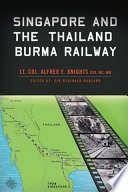
Nussbaum, Chaim. Chaplain on the River Kwai: Story of a Prisoner of War
Portrait of life among allied prisoners of war in Japanese camps, from his diary, his is the saga of a rabbi’s struggle to provide hope and comfort to men of all faiths. New York, NY. Shapolsky Publishers, 1988.
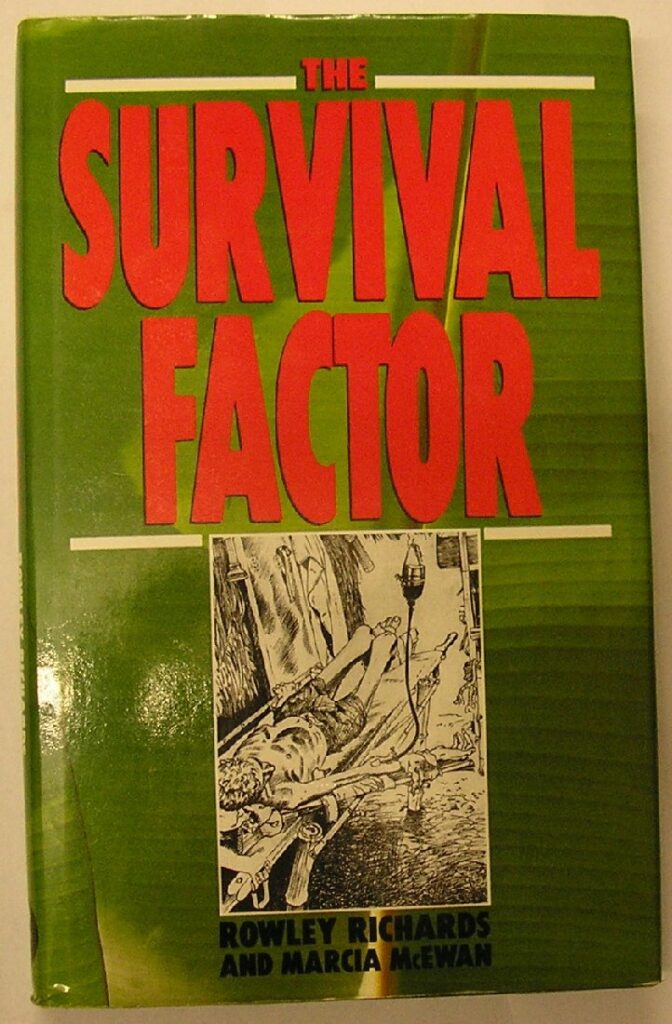
My usual lament about such accounts is how someone can write so much and say so little. AUS physician Rowley Richards managed to do just the opposite. I found it amazing how he describes events in exquisite details, complete with laundry lists of names. He is often short on dates and places but his descriptions are nothing short of vivid. Being a physician, of course, his book is heavy on medical information. He did also add new data as to the COD of a few individuals. His account spans more territory than most from Singapore thru Burma then Thailand followed by Saigon and then Japan. Along the way he survived the sinking of the Rakuyo Maru that took the lives of so many. Perhaps it is an Australian thing, but he chooses to refer to himself throughout the account in the third person by his first name; what ever works for ya!

Thompson, Kyle. 1,000 Cups of Rice: Surviving the Death Railway
Personal account of how the author, as a teenage soldier from rural Texas, became a member the “Lost Battalion” to build the Thai-Burma railway. Kyle Thompson was a member of Headquarters Battery. Burnet, TX. Eakin Press, 1994.

Beattie, Rod. The Thai-Burma Railway: The True Story of the Bridge on the River Kwai
This book presets Beattie’s estimates of the numbers of POWs and romusha and their associated death rates. These have become the most oft cited figures. Beattie, however, presents no information as to how he derived those figures.

Robert Hardie. The Burma-Siam Railway. The Secret Diary of Dr. Robert Hardie, 1942-1945
Robert Hardie was a British POW captured in Singapore in early 1942. Barnsley, UK. Pen and Sword Books, 1988.

Kreefft, Otto. Burma Railway: a visual recollection. Bangkok, Thailand
Sukhumvit Printing Co. Ltd. for the Burma-Thailand Railway (2008).

La Forte, Robert S, Ronald E. Marcello, and Richard L. Himmel, With Only the Will to Live: Accounts of Americans in Japanese Prison Camps 1941-1945
Accounts of 52 individuals from interviews with survivors of captivity covers every stage of their ordeal. Wilmington, DE. Scholarly Resources, Inc., 1994.

Lomax, Eric. The Railway Man: A POW’s Searing Account of War, Brutality and Forgiveness
Memoir of a British soldier who bravely moved beyond bitterness drawing on an extraordinary will to extend forgiveness. Basis for the movie by the same name (The Railway Man) featuring Colin Firth and Nicole Kidman. New York, NY. W.W. Norton & Co, 1995.

Stewart, John. To the River Kwai: Two Journeys – 1943, 1979
Memoir from secret notes kept in 1943 during the building of the Thai-Burma Railway. London, Great Britain. Bloomsbury Publishing, Ltd., 1988.

Boulle, Pierre. The Bridge Over the River Kwai: A Novel (1954)
A fictional account of the Death Railway construction and basis for the popular 1957 movie directed by David Lean. Novato, CA. Presidio Press; Reprint edition, 2007.
The PERTH Section of this website [# 27} draws heavily on the content of three books about and by survivors:
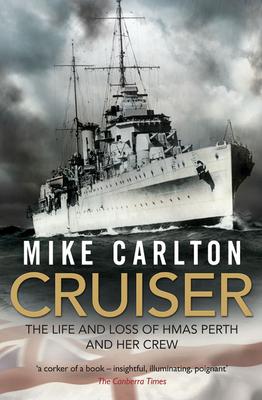
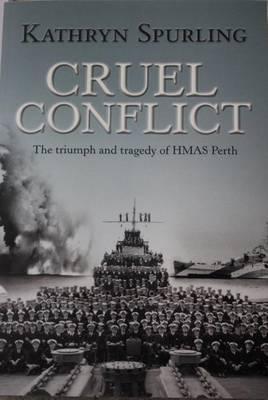
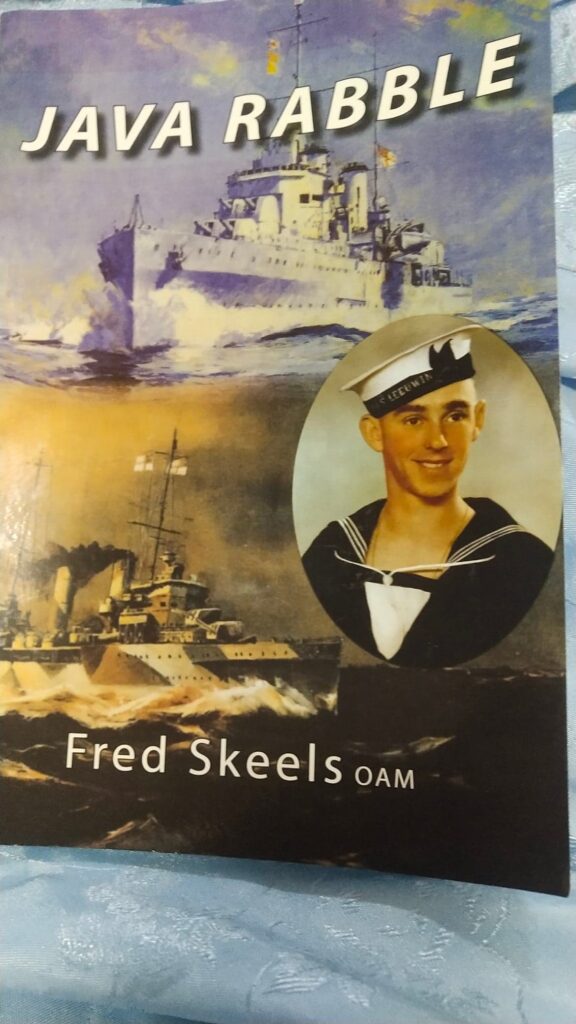
Other texts by PERTH Survivors:
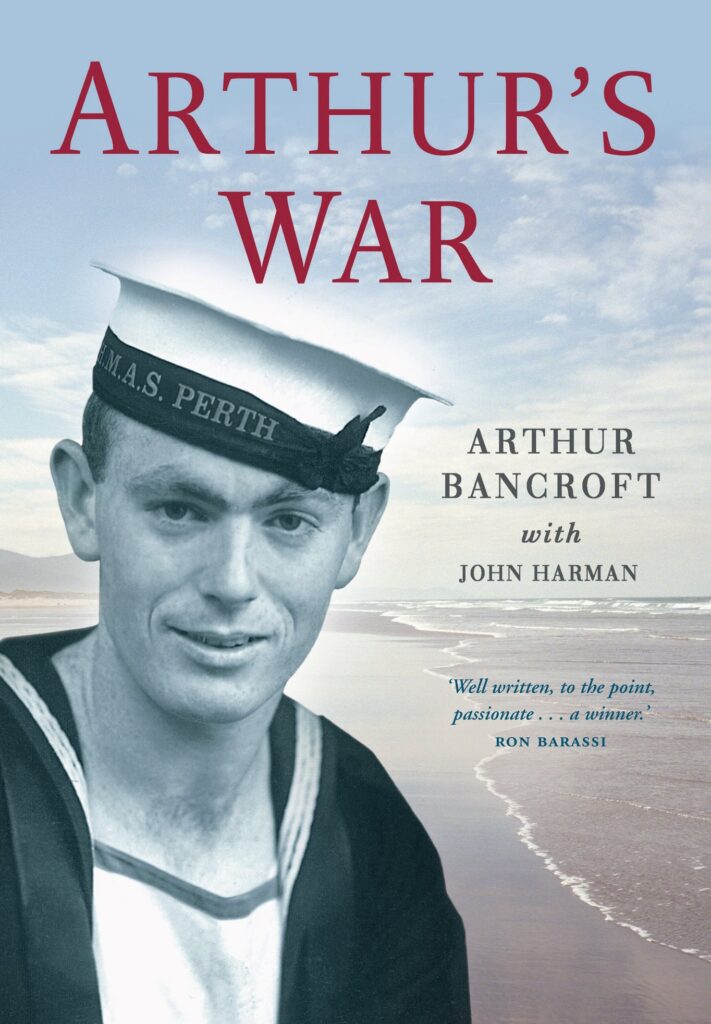
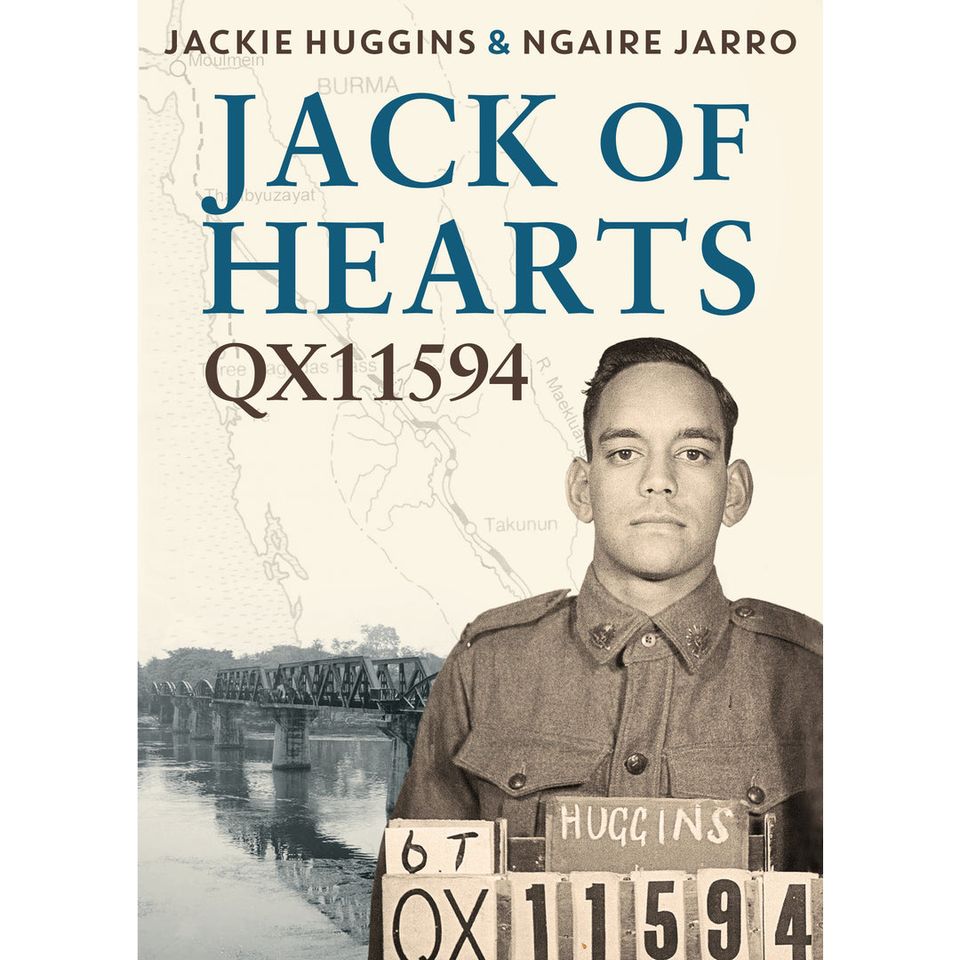
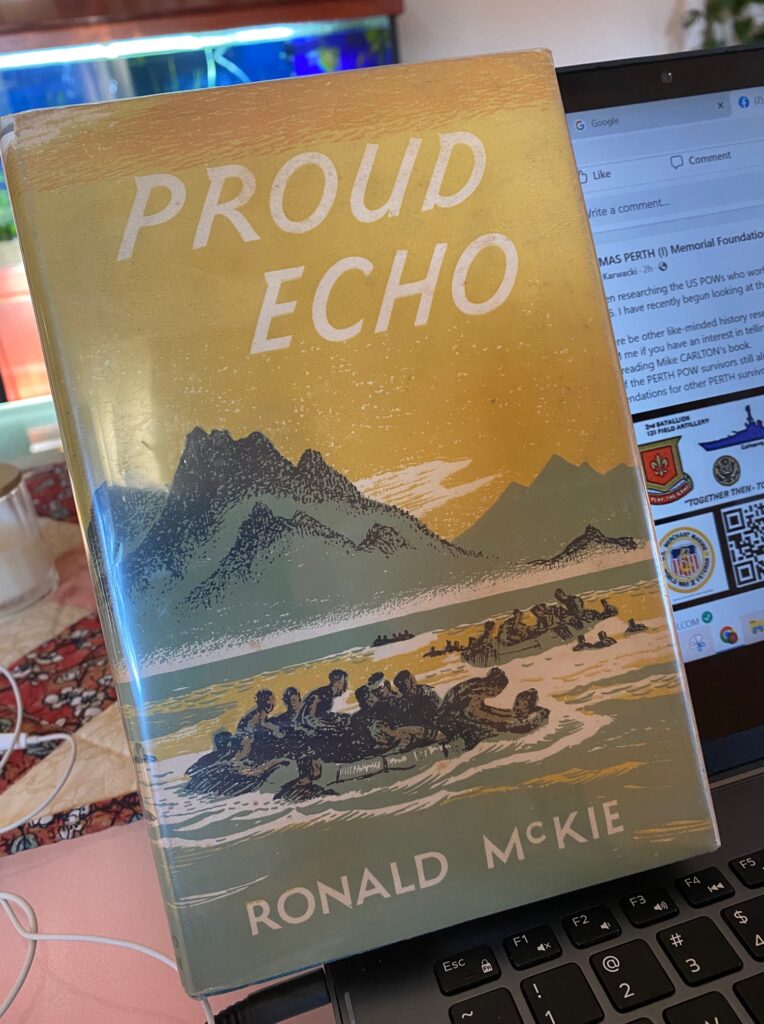
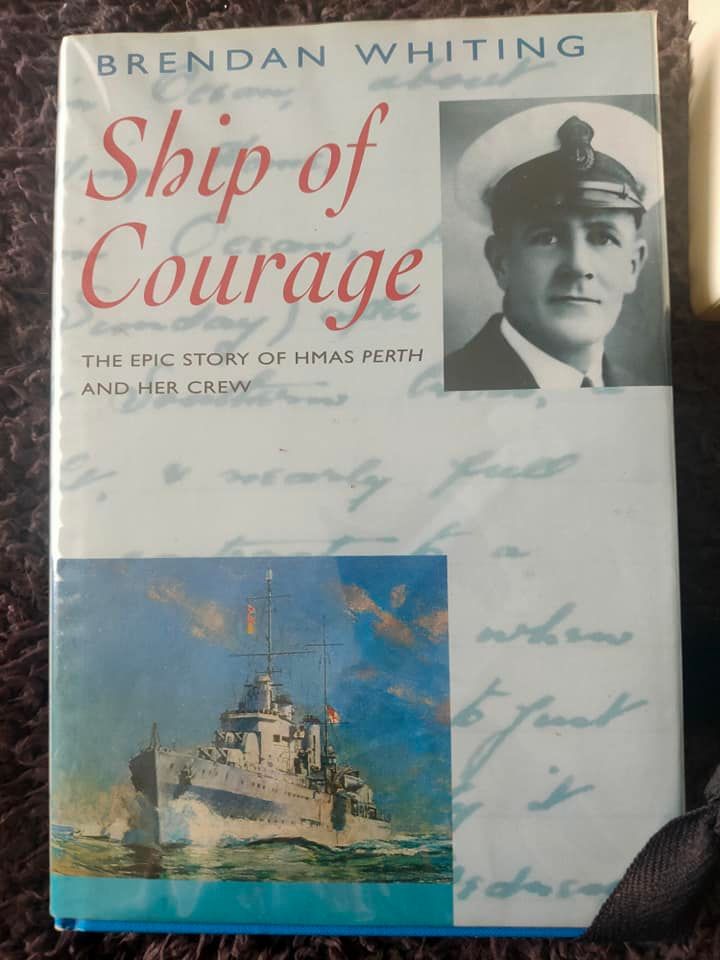
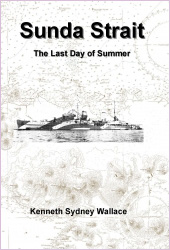
Sections 10.3 Thai Monarchies and 10.4 Thai Democracy are heavily dependent on:
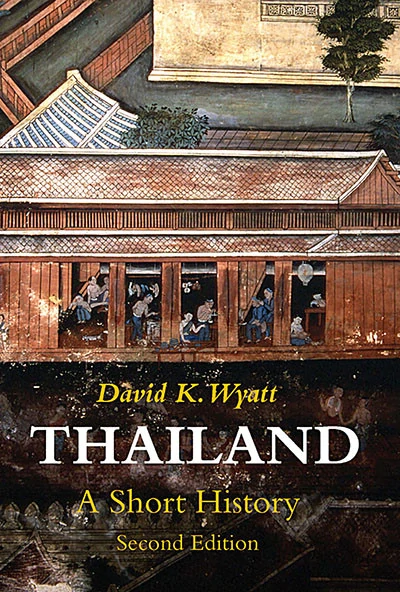
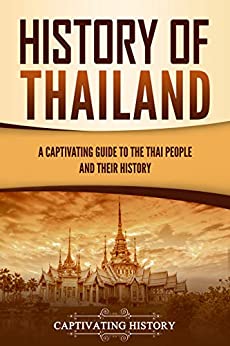
Some facts on the Seri Thai Resistance Movement were extracted from:
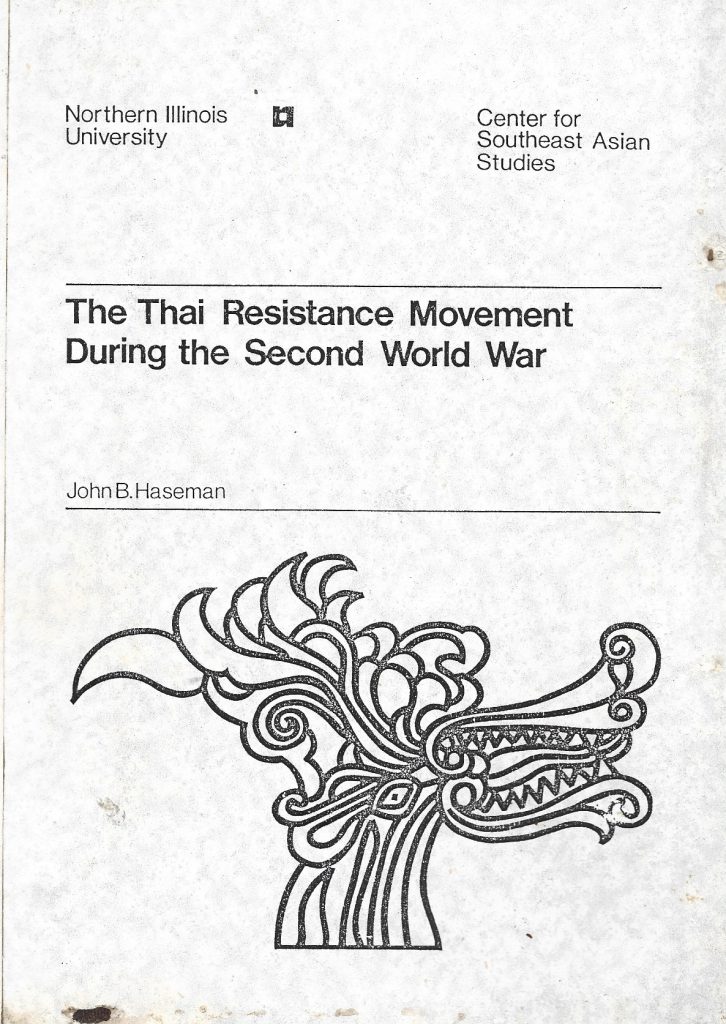
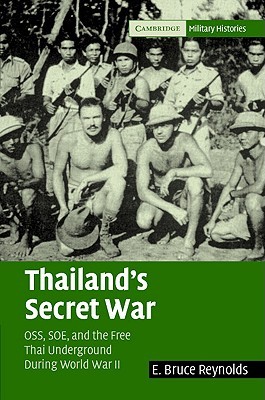
===========================
Two books about the Thai TBR-era in and around BanPong by Dr. Chanwit Kasetsiri:
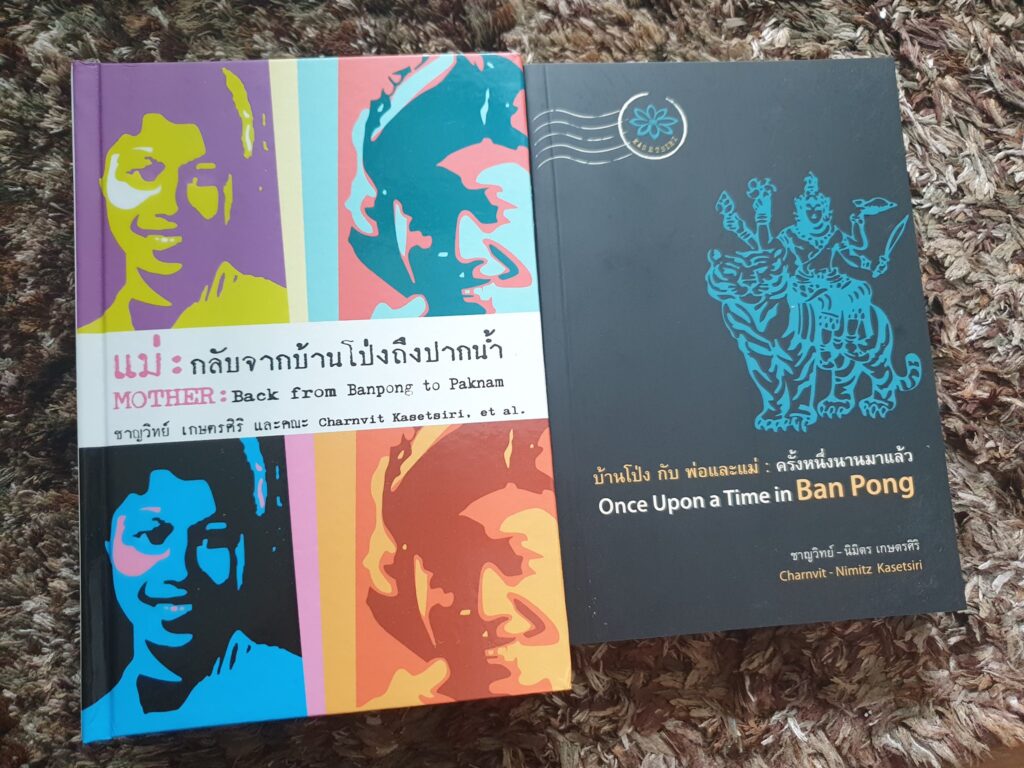
No exactly surprising, but there are also books written by a few of the romusha survivors in both Tamil and English language.
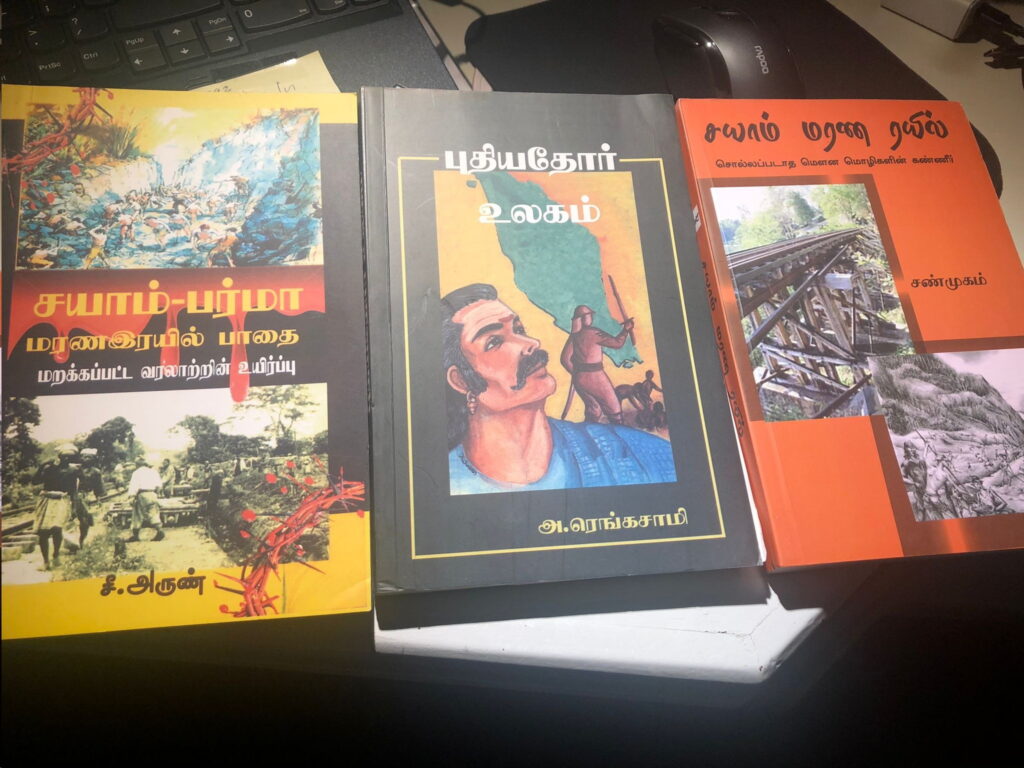
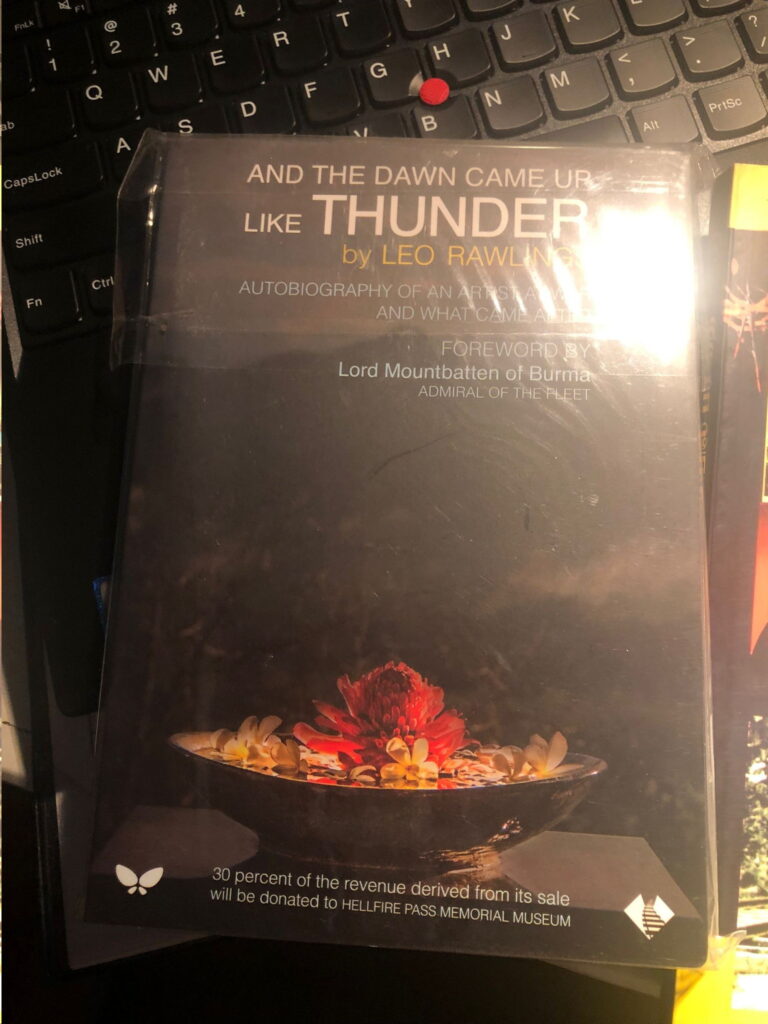
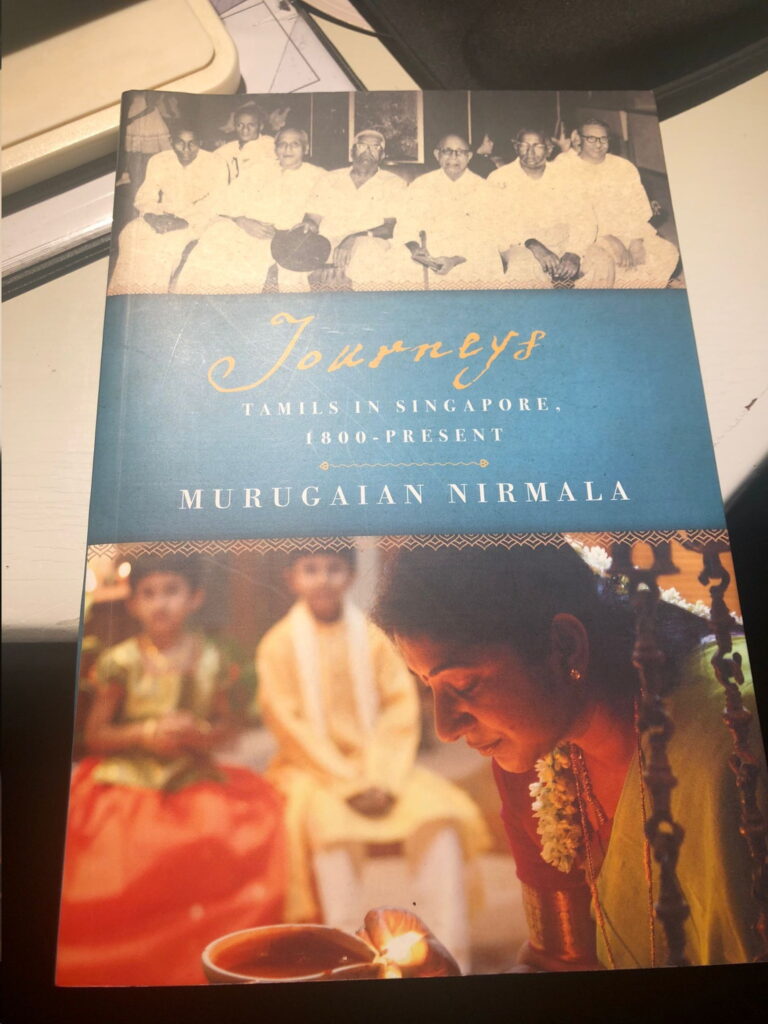
Other lists of POW-related books can be found at:
https://www.cofepow.org.uk/books-cofepow
http://www.usshouston.org/library.htm
https://www.pows-of-japan.net/books.htm
An excellent list of on-line texts is available at
https://www.pows-of-japan.net/books.htm
Another rare book selling for nearly $US 200 with only 1 non-committal review on the AMAZON book site. The author was the translator portrayed in the Railway Man who later came to regret his involvement in this project.
